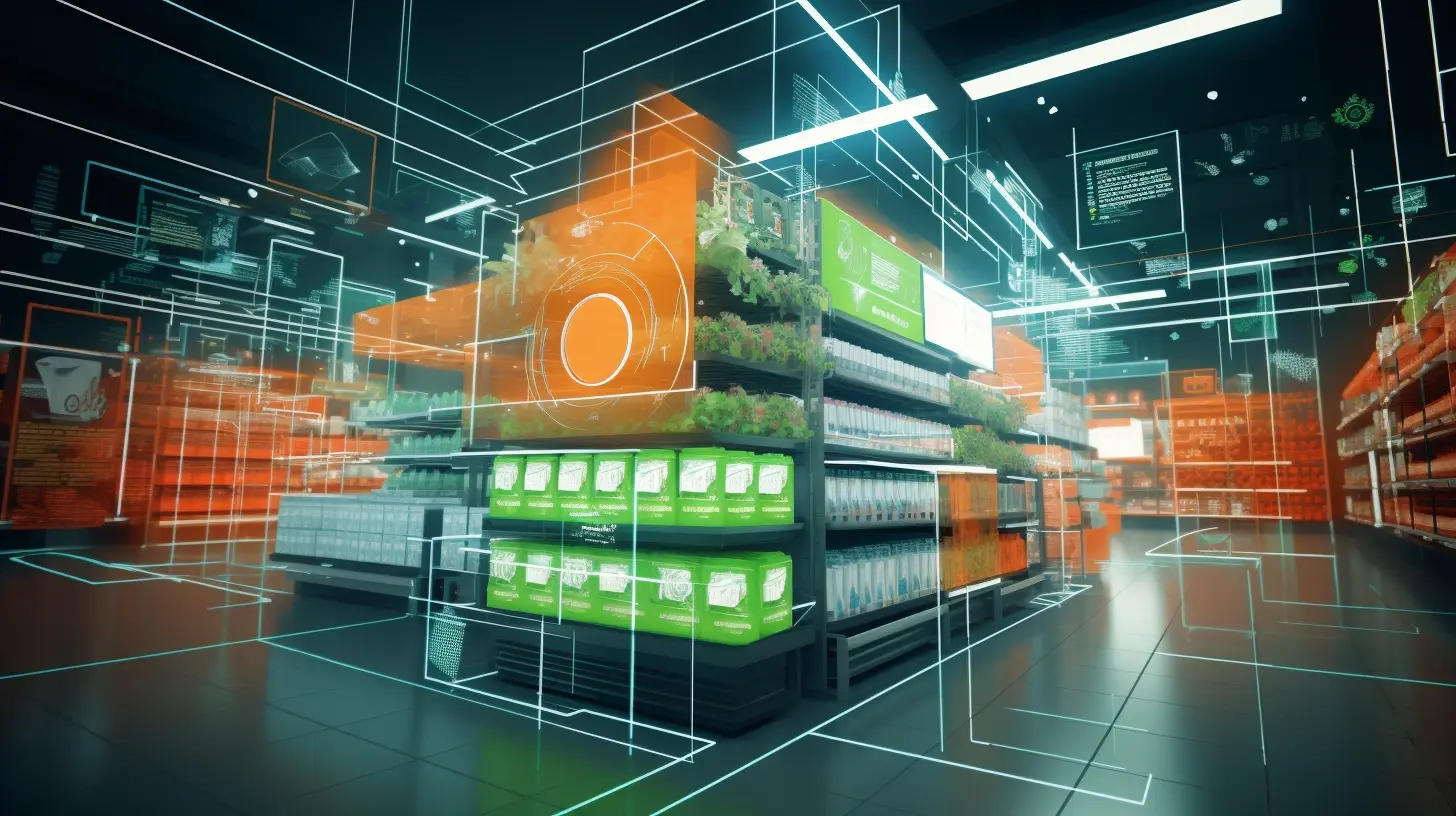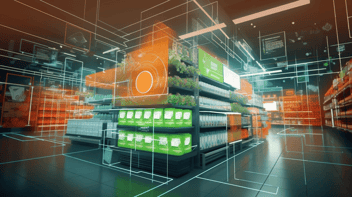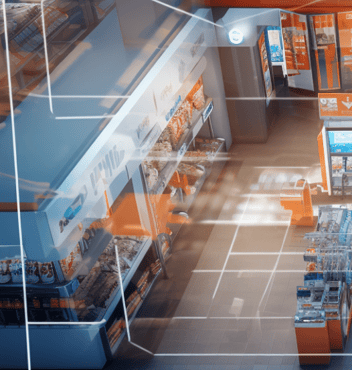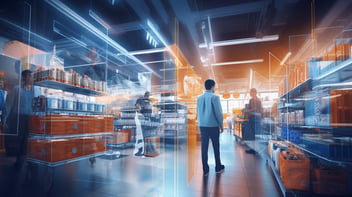Opportunities to reduce moments of friction within the shopping experience are top of mind for many on both the CPG side and the retailer side. As the leading market research provider for in-store shopper behavioral science and observational research, it’s safe to say it’s very top of mind here at VideoMining, too. In fact, earlier this year, we released a White Paper: Defining and Measuring In-Store Shoppability, which includes an entire section dedicated to strategies to reduce experiential friction.
The truth, however, is that the shopping experience will never be completely “cured” of friction, either online or in-store. And frankly, that’s okay. It certainly doesn’t mean we shouldn’t try.
Friction, Friction, Everywhere
When do we experience friction? According to the Interactive Design Foundation, friction “refers to points during an interaction that make it more difficult for a user to complete a task or achieve a goal, generally leading to a poor user experience.” When faced with a moment of friction, the user faces additional steps, wait times, or obstacles that they consider unnecessary, disruptive, or frankly, just plain unpleasant.
Experiential friction, at the end of the day, is an unavoidable part of the human experience. Lights don’t always turn green for you, wishes don’t always come true, and sometimes, we all have to stand in line at the grocery store. (Insert: collective shrug and a “that’s life!” here). There are unavoidable elements of friction that, realistically, can’t be completely eradicated from every single piece of the retail experience. The secret to experiential success, in the end, lies in our ability to distinguish the moments of friction that should be shrugged off, and the moments of friction that hurt your bottom line.
Positive Friction: Annoying, Intentional, and Sometimes “For Your Own Good”
In User Experience Design circles, positive friction as a concept is a double-edge sword that usually gets some eye rolls. Positive friction “inserts additional steps, but to the user’s benefit”. The goal of positive friction is to insert a moment of pause when a user is moving full-steam ahead on autopilot, encouraging a moment of reflection and more mindful interaction. Experiential designers look to positive friction to prevent people from making a mistake, insert a forced pause, and give the end user a chance to change, or learn from their behaviors.
Here are some examples of “positive friction” in experiential design:
- If your email mentions the words “see attached”, and yet, there is no attachment, you receive a pop up alerting you and adding an extra step to the process of sending your email.
- When you experience any kind of two-factor authentication during a log-in process.
- Adding a queue system to your checkout configuration that results in more “active” versus “passive” waiting, pulling inspiration from the age-old Houston Airport study.
- Reconfiguring your store layout, which introduces unexpected friction to seasoned shoppers, but a better layout of category adjacencies improve perceptions of convenience and personalization.
- Removing a relatively well-performing 3 pack of paper towels for a higher margin 4 pack.
Friction That Backfires, and Friction That Delivers
Not all instances of experiential friction have the same impact. What’s more, perception plays a crucial role in how individuals perceive and react to friction. What’s a deal breaker for me might seem trivial to you, and anecdotal evidence will only get you so far. The most accurate way to gauge the effect of a friction point is by assessing its impact on shopper behavior. Here are some examples of questions we’ve explored through observational research to quantify the impact value of experiential friction:
- In the never ending game of SKU rationalization, what was shoppers’ response when 10% of the available cold space was reallocated from lagers to hard beverages?
- When grocery shoppers experienced an average 10-second increase in wait time at checkout, did they engage with, and buy, more or less impulse items from the front end?
- When engaged drug store shoppers encounter loss prevention locks on razor blades how likely are they to press the button to page an employee to assist? How long will they wait before abandoning their pursuit and walking away empty handed?
- When the bread aisle is organized by brand, rather than by grain attribute, how much longer is the average aisle navigation moment? What is the impact on total category sales and walk-rates?
- Does our new packaging make it harder to pick up off the shelf? Do engaged shoppers walk away in the final moment?
Friction is Unavoidable, Concentrate on the Right Must-Win Battles
Even in the most perfectly designed stores, with the most immaculate and intuitive layouts and flows, with the most awe-inspiring aesthetics and a Disney Land-caliber staff performance... there will be elements of experiential friction. Human error and unforeseen hurdles will prevent store compliance from ever reaching 100% in every single store, every day of the year, every year. There will always be a new, different, and possibly “better” way to structure a category hierarchy and organize the shelf. Berries go bad, aisles get congested, shopping carts get creaky. The tricky part, in all of this, is ascertaining which one is the mountain, and which one is the molehill.
And, really, at the end of the day, until you walk in your shoppers’ shoes and see how they truly react, any diagnostics will be guesswork, at best.
Spano, Sandro. “Positive Friction: How You Can Use It to Create Better Experiences” Interaction Design Foundation - IxDF. 19 Mar. 2024





